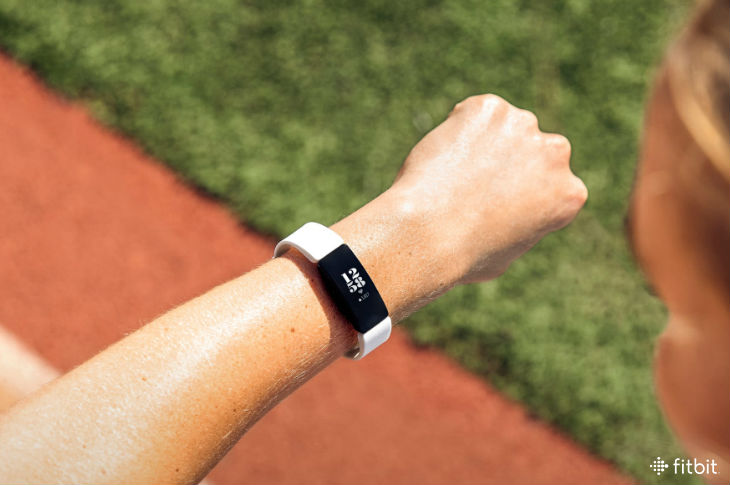 We often hear 10,000 steps as the golden number to strive for in a day. Why is it 10,000 steps and is it accurate for everyone?? The 10,000 steps concept was initially formulated in Japan in the lead-up to the 1964 Tokyo Olympics. However, there was no real research to support the target, instead it was a marketing strategy to sell pedometers. Australian physical activity guidelines recommended a minimum of 30 minutes of moderate intensity exercise each day. When we convert 30 minutes of activity to steps, it equals approximately 3,000 to 4,000 dedicated steps at a moderate pace depending on the person. In Australia, the average adult accumulates about 7,400 steps a day of incidental activity. Therefore, an additional 3,000 to 4,000 steps undertaken through dedicated walking will help you to reach the 10,000-step goal. Therefore for the average person, aiming for 10,000 steps a day means that we have had to undertake planned and dedicated exercise, and this is the most important part as this is where we get health benefits, therefore the 10,000 steps may be an accurate goal for the average person. Are pedometers or activity watches that track our steps a good tool to use to help us increase our physical activity? Yes they are. Anything that can help motivate you to exercise, provide accountability and track your progress is worthwhile trying. Studies that have looked at the use of activity watches for people specifically trying to improve their health has shown that they have helped to reduce weight and blood pressure when used to help people reach their goal. Should the 10,000 steps be the goal for everyone, or are there variations for different people? It definitely needs to be individual. Some people, for instance older people, people with chronic conditions and office workers will accumulate less incidental activity steps throughout the day and would not meet the average 7,400 steps, and others for example kids, athletes and people who are working on their feet all day will accumulate many more incidental activity steps throughout the day without undertaking any planned exercise. What is important, is attempting to add 3-4,000 steps to your day through dedicated exercise. This could be in 1,000 step or 10 minute exercise chunks. Research tells us that physical fitness is a better indicator of health, than just being active alone. This is why the dedicated exercise component of your step goal is really important. Alternatively, you may also get your 30 minutes of planned exercise in an alternative way that does not involve stepping such as swimming or cycling, so you will still receive the health benefits of exercise and fitness without increasing your step count. If this is you, your step goal might simply be to increase your incidental step count up to around 6-7,000/day. Initially back in the 60s when pedometers were first developed there was no research regarding the magic 10,000 steps. Is there research now? Yes, research recently has shown that people taking 10,000-steps or more a day have a 46% lower risk of early death. Other studies have also shown that people who took more than 5,000 steps a day had a much lower risk of heart disease and stroke than those who took less than 5,000 steps. And, each 1,000-step increase per day reduced the risk of dying prematurely of any cause by 6%. Key Points:
Lisa Parkinson Accredited Exercise Physiologist & Credentialed Diabetes Educator
0 Comments
Your comment will be posted after it is approved.
Leave a Reply. |
AuthorSLisa Parkinson Archives
July 2024
Categories
All
|

 RSS Feed
RSS Feed